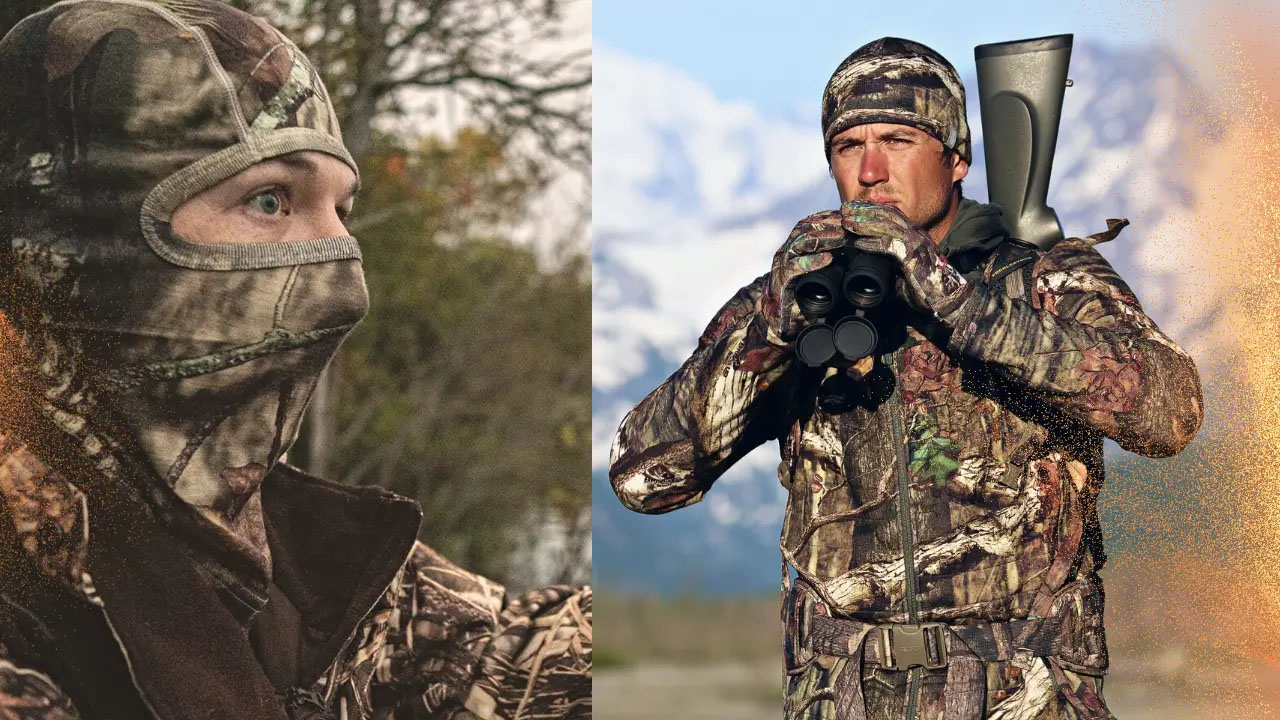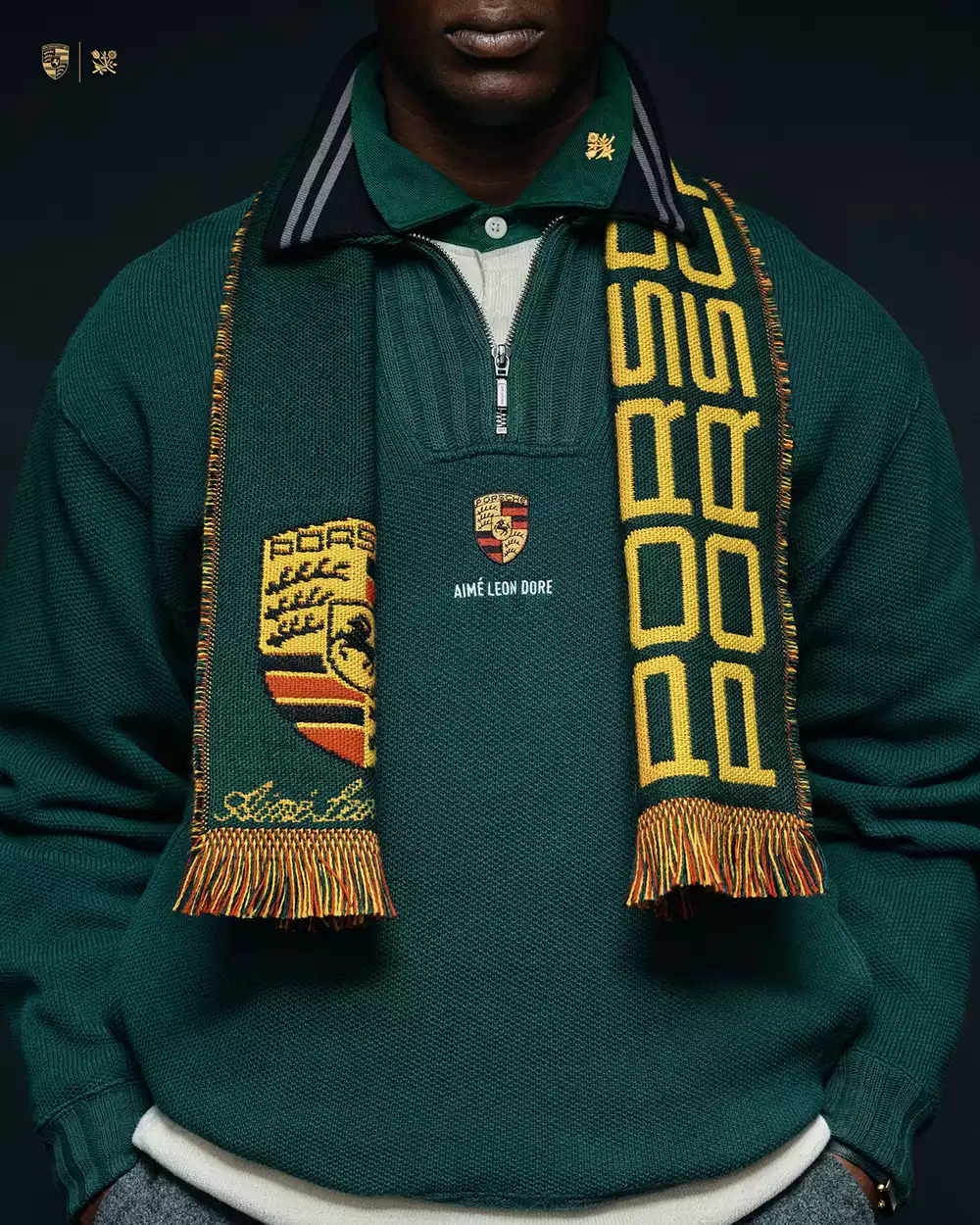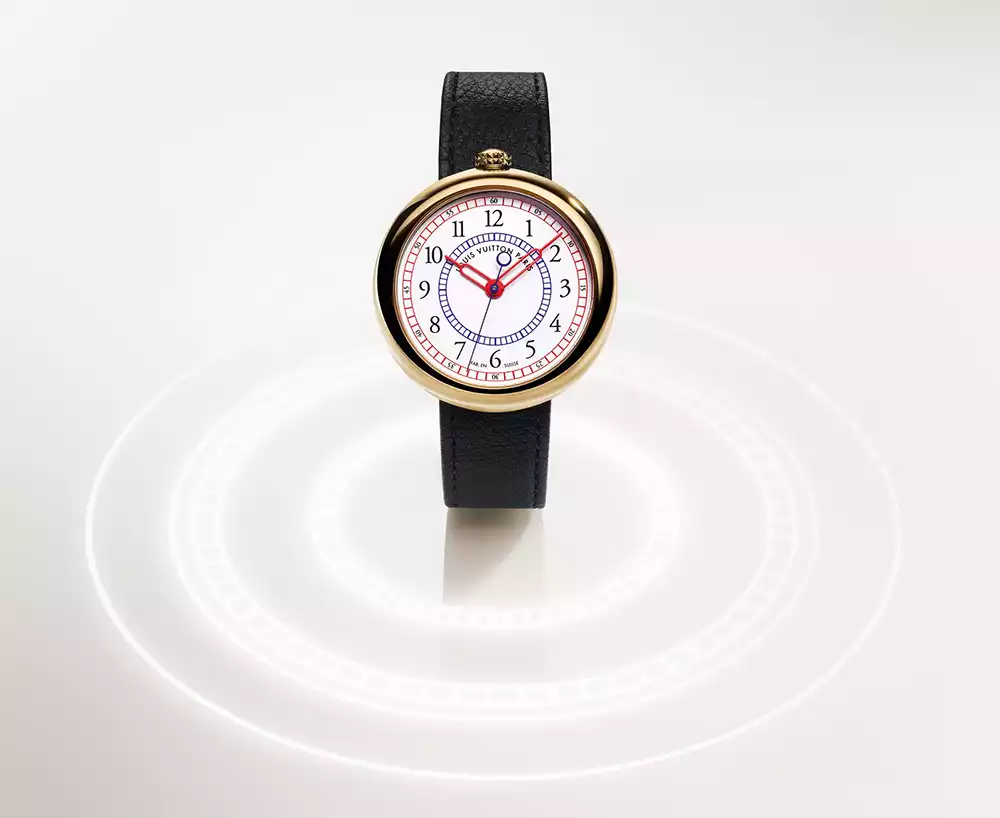Old timers used to hunt in denims and plaid, so why this modern trend towards merino wool, instead? We investigated below.
 Image Credit – Image Source
Image Credit – Image Source
The preference for merino wool hunting garments is a new thing. Back in the 80s and 90s, hunters were still out in the mountains in jeans and shirts, without realizing that there was a better way to do things. Modern hunting gear includes camo options to help disguise the hunter. Of course, modern hunting gear also favors merino wool. Here’s all you need to know about why.
What is Merino Wool?
When you shop for high quality merino wool hunting clothes, you are buying yourself a garment made from the wool taken from the Merino sheep. Merino sheep come from Spain, where they were bred for Spanish nobility for hundreds of years. Their wool is known to be of superior quality to regular sheep wool. The popularity, softness, and toughness of merino sheep meant humans have bred them all over the world. Nowadays, the merino sheep has even made landfall in Australia, where it is thriving.
Merino wool is best for hunting garments because the finer fibers interlock for a tougher wool. The material is soft against the skin and contains lanolin, the natural antibacterial agent that sheep produce. Hunters can enjoy this fabric’s softness, moisture wicking and odor resisting properties for days on end and in all seasons.
It might help you to further understand the benefits of merino wool for hunters if we recap the other fabrics available.
Merino Wool Versus Polyester
Polyester is a popular choice in outer layer for hunting gear, but it has some drawbacks. You would not place this material beside your skin since it is rough and scratches or chaffs. You would not use polyester on a hunting jacket if you were trying to keep quiet, either, since this material rustles.
By comparison, you can wear merino wool as an outside layer in summer or as an underlayer next to your skin. It is soft and pliable, and it won’t chaff. It can absorb 30% of its weight in water, so it is waterproof and moisture wicking to a degree. Polyester will be more waterproof than merino wool, but it won’t be as comfortable to wear.
Merino Wool Versus Cotton
Cotton is much softer than polyester and it’s tempting to wear a t-shirt as your base layer. However, cotton makes your skin clammy. It could see you breaking out in a cold sweat under your outer layers. It has no moisture wicking or absorbent qualities, so any dampness on your skin will linger and eventually start to chaff. You will be clammy and uncomfortable with a cotton base layer.
By comparison, merino wool underlayers won’t make you sweaty. They will eliminate the dampness and prolong your time in the field. They are odor resistant, so even if you do get hot under the collar, you won’t smell so much that you scare away the deer.
Merino Wool Versus Denim
Denim is tough and durable. It’s long-lasting, even if it isn’t environmentally friendly. Denim jeans worn to a hunt will certainly give you thorn-resistance, but that’s about where it ends. When the denim gets wet, it gets heavy. Denim jeans restrict your freedom of movement and pinch and rub when you move.
Merino wool might not make a great outer layer, but it is just as tough as denim for undergarments. Winter hunter gear should include merino long Johns. They are soft, warm, and scratch resistant.
Merino Wool Hunting Gear is Highly Recommended for a Reason
Hunters favor merino wool gear because it is high quality and lasts a lifetime. Isn’t it about time you got on board with merino?


